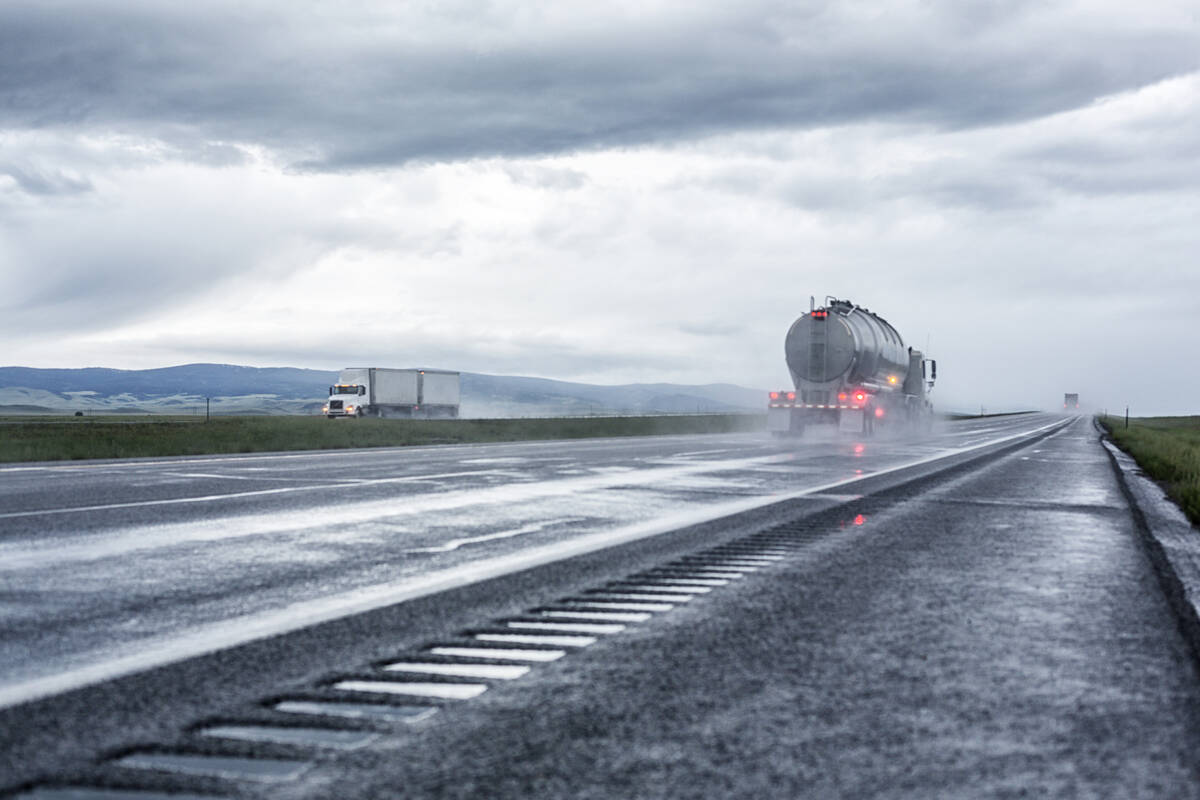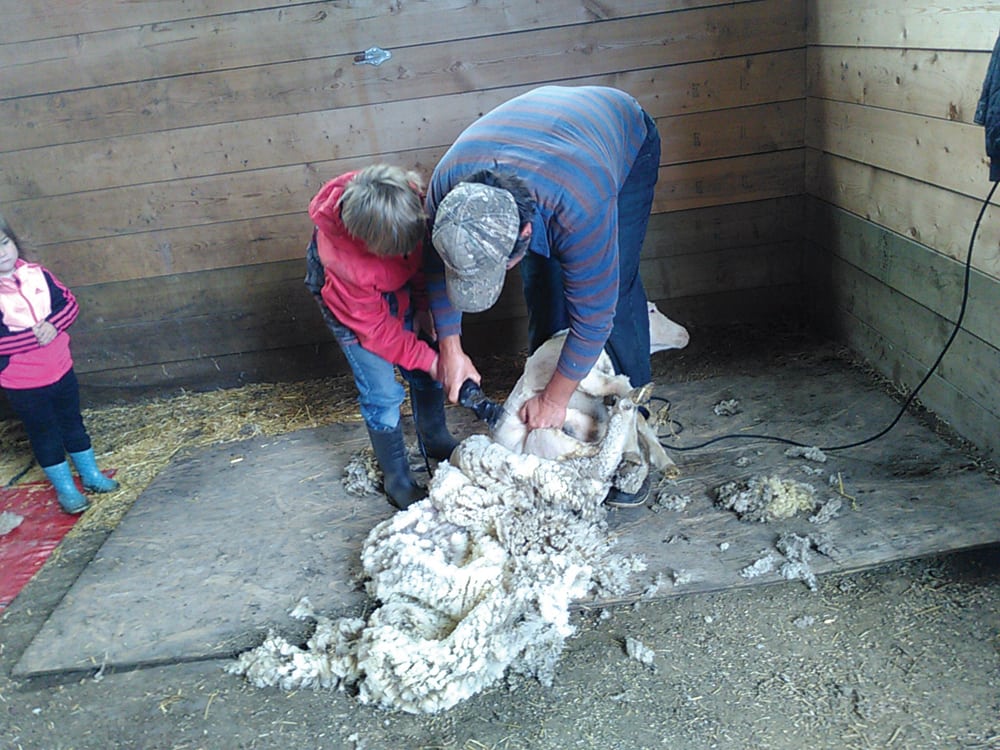The Conservatory of Agriculture, the premier agricultural museum of France, recently contacted the Manitoba Agricultural Museum.
It was seeking a digital copy of a Sawyer Massey tractor advertisement we were using on our web page on the Sawyer Massey 25-45 tractor in our collection.
The Conservatory of Agriculture, better known as Le Compa, has a Sawyer Massey 20-40 tractor in its collection and also wanted the ad for interpretation of this tractor. The Manitoba Agricultural Museum was pleased to provide a digital copy of the ad to Le Compa.
Read Also

Province pledges funds to CentrePort Canada
The Manitoba government has pledged $450,000 towards projects at inland port CentrePort Canada.
We were curious about the history of the Le Compa tractor, as Sawyer Massey tractors are not exactly common and for one to make its way to France is very interesting — particularly as the Sawyer Massey 20-40 is classed as the early tractor design style known as the “Prairie Style,” which borrowed heavily from steam engine design. The Prairie-style tractors were large, heavy machines as a result.
While many tractors were shipped to Europe during the First World War as a result of the need to increase agricultural production and replace agricultural workers called into the military, these tractors were smaller units such as the IHC 10-20 Mogul or Waterloo Boy tractors. Even the smaller Prairie-type tractors like the Sawyer Massey 20-40 were not suitable for European conditions.
The Le Compa Sawyer Massey 20-40 was purchased in 1985 at auction in the U.S. by a French tractor collector from the Meuse region of France. This collector also purchased a 1912 Case tractor and a 1922 Rumely tractor at the same auction. All three tractors were shipped across the Atlantic by boat. In 1995 Le Compa purchased the three tractors with the help of the French Ministry of Culture. The Sawyer Massey was completely restored by Le Compa’s restoration team, who put in 3,000 hours of work on the tractor.
Engine upgrades
The 20-40 Sawyer Massey was built from 1916 to 1921. It was part of a tractor lineup from Sawyer Massey that included the 25-45, which was built in various versions from 1911 to 1922, as well as two smaller tractors the 11-22 and 17-34. With the exception of the 20-40 the other Sawyer Massey tractor models were subject to engine upgrades and so the engine ratings changed. To confuse matters significantly, the 25-45, when first brought out, was listed as a 20-40 but when tested the tractor was discovered to be more powerful and the rating was upped to 22-45 then re-upped to 25-45.
Just why Sawyer Massey felt it necessary to introduce the 20-40 when there was a 25-45 in the lineup is not known. The 25-45 was a very heavy tractor and probably Sawyer Massey felt there was a market for a tractor with similar engine horsepower but lighter and somewhat smaller. One easy way to determine if you are looking at a 20-40 or a 25-45 is to look at the rear wheels. The 25-45 uses noticeably heavier rear wheels, identical to the rear wheels used on the large Sawyer Massey steam engines such as the 35-115.
Sawyer Massey was a major Canadian manufacturer of steam engines, threshing machines, clover hullers, saw mills, road machinery and other implements. In 1910, Sawyer Massey began work on a gas tractor design and an engine to power this tractor. The Sawyer Massey-designed engine powered both the 20-40 and the 24-45. The smaller Sawyer Massey engines used engines from outside suppliers.
Tough competition
By the mid-1920s, Sawyer Massey, along with other small manufacturers of farm equipment, began to find it increasingly difficult to compete with larger concerns such as International Harvester Corporation (IHC) which were better financed, had integrated manufacturing facilities, offered complete machinery lines, larger sales organizations and could afford the increasingly expensive research and development costs associated with new farm machinery. Sawyer Massey exited the farm machinery business in the mid-1920s and concentrated on road machinery. After the Second World War, the Sawyer Massey Company was wound down, liquidated and entered history.
Le Compa operates a website and one can also find images of La Compa online. La Compa has a very impressive collection of immaculate tractors and farm machinery. As well La Compa operates out of a modern display building that appears to blend a modern glass and steel technology with a traditional French barn — a great blend of farm architecture with modern materials.















